
I’m bringing more notes and insight about Autodesk University 2023 I attended last week. If you missed my earlier articles, please check them out:
Autodesk Keynote: A glimpse in the future of design and manufacturing
AU2023: Design, Data Management and Manufacturing Keynote
You can also check my earlier article – What I learned at Autodesk DevCon 2023.
Today, I want to talk about Autodesk platform strategy. Known before as Autodesk Forge, it was rebranded as Autodesk Platform Services. It was in the middle of the discussion – strategy, usage examples and future development.
The keynote open Ben Cochran, VP of Development Enablement. He was talking about new paradigm – a granular data management platform capable to collect and present all data about products in the digital thread.
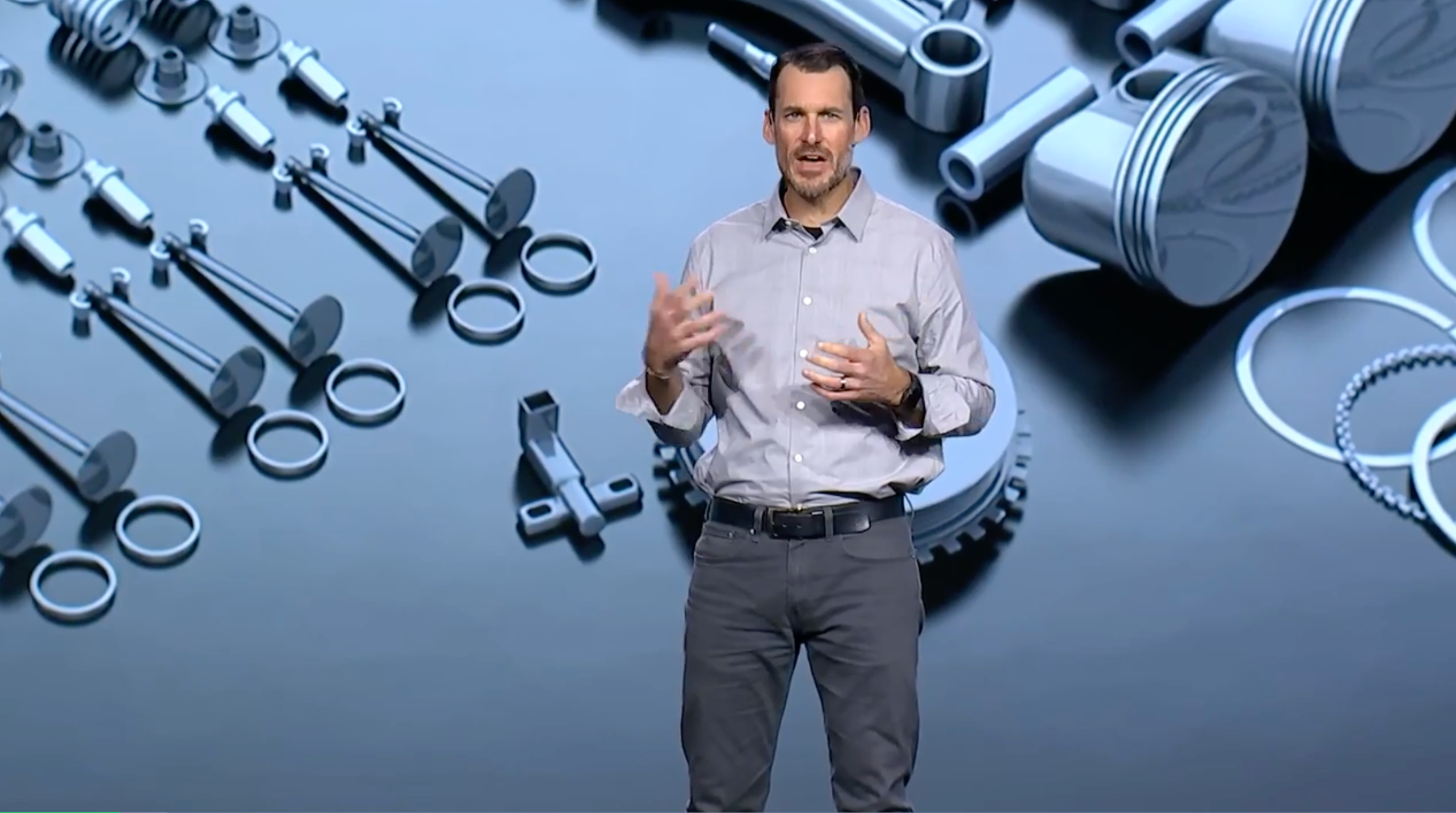
Autodesk is positioned to revolutionize data management in the fields of manufacturing and construction. It includes building a precise replica of digital thread. It allows to use APIs to create applications, digital twin, integrations with ERP systems. Finally, Autodesk AI helps to make sense of all data to unlock smart workflows. APS keeps the full history of all manufactured products and construction assets.
A very important part of Autodesk Platform Services is to support the work of all partners. Autodesk has a long history of working with partners building different applications using Autodesk software.

The New Data Paradigm:
At the heart of Autodesk’s vision for the future lies a new data paradigm, driven by the need for precision and efficiency in managing digital threads. It connects data coming from multiple tools and data sources.
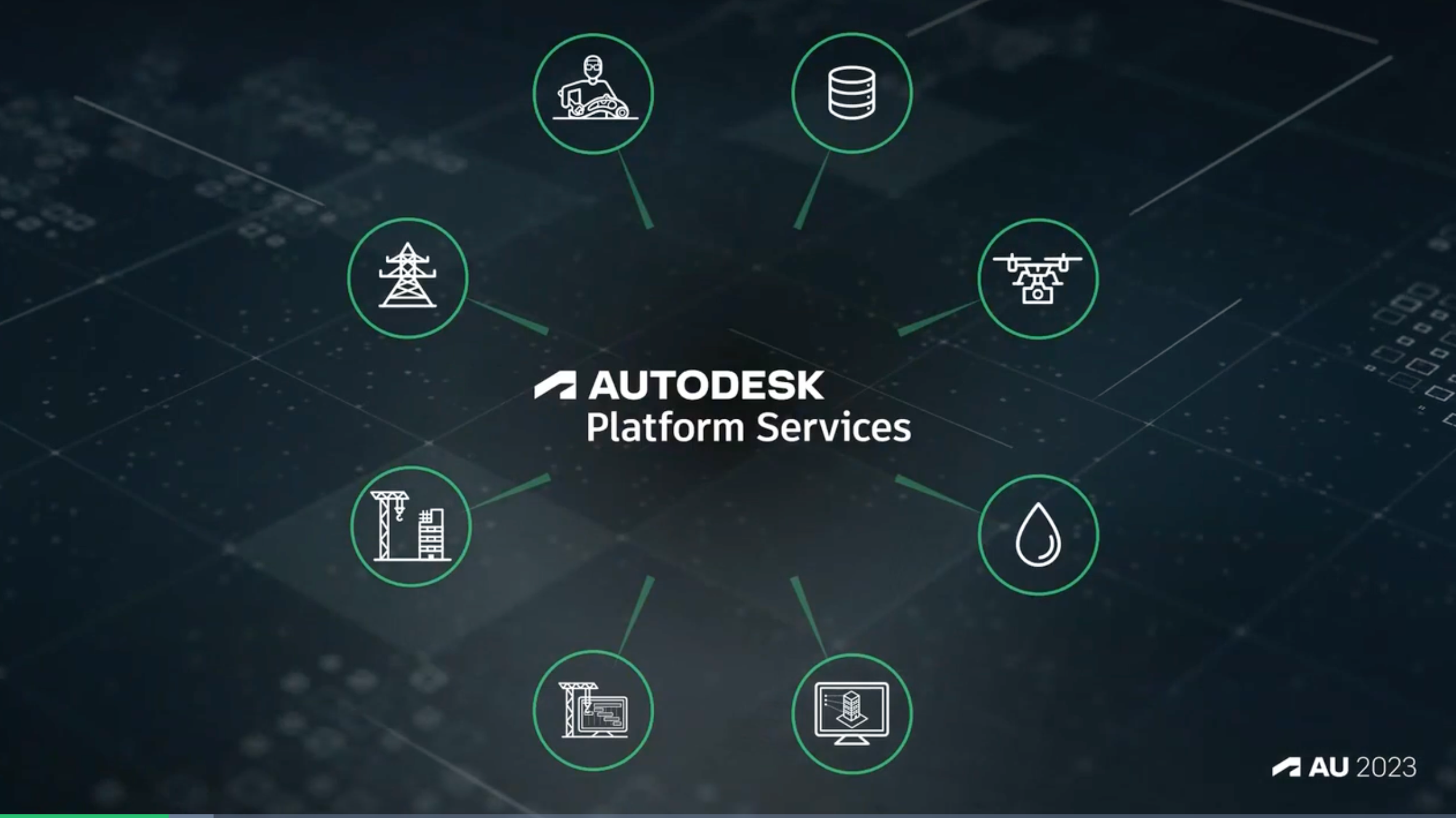
Companies in manufacturing and construction are increasingly relying on APIs to create applications, digital twins, integrations, and more. However, the sheer volume of data generated can be overwhelming. This is where artificial intelligence (AI) comes into play, helping make sense of this data, which is crucial for unlocking the full potential of workflow automation, robotics, and machine learning.
The Importance of Data Integration:
In collaboration with their partners, Autodesk is actively investing in data integration. Companies recognize the value of data in streamlining their operations, but challenges such as lack of standards, bulky files, and limited access have hindered progress.

Autodesk’s approach focuses on three key areas: data granularity, interoperability, and accessibility. By addressing these challenges, they aim to empower industries with the ability to harness the full potential of their data.
Autodesk Platform Services (APS):
The Autodesk Platform Services (APS) initiative is at the forefront of this transformation. APS is designed to provide the tools and infrastructure needed to create connected and open data models. This approach allows businesses to move away from unwieldy documents and proprietary formats, making data open, accessible, and interoperable.

Another speaker, Shelly Mutjaba, Vice President of Product Data, emphasized the growing importance of data wrangling, where organizations must efficiently manage data movement to drive their operations.
The core of Autodesk Platform Service is three data models- manufacturing, construction software and media and entertainment software.
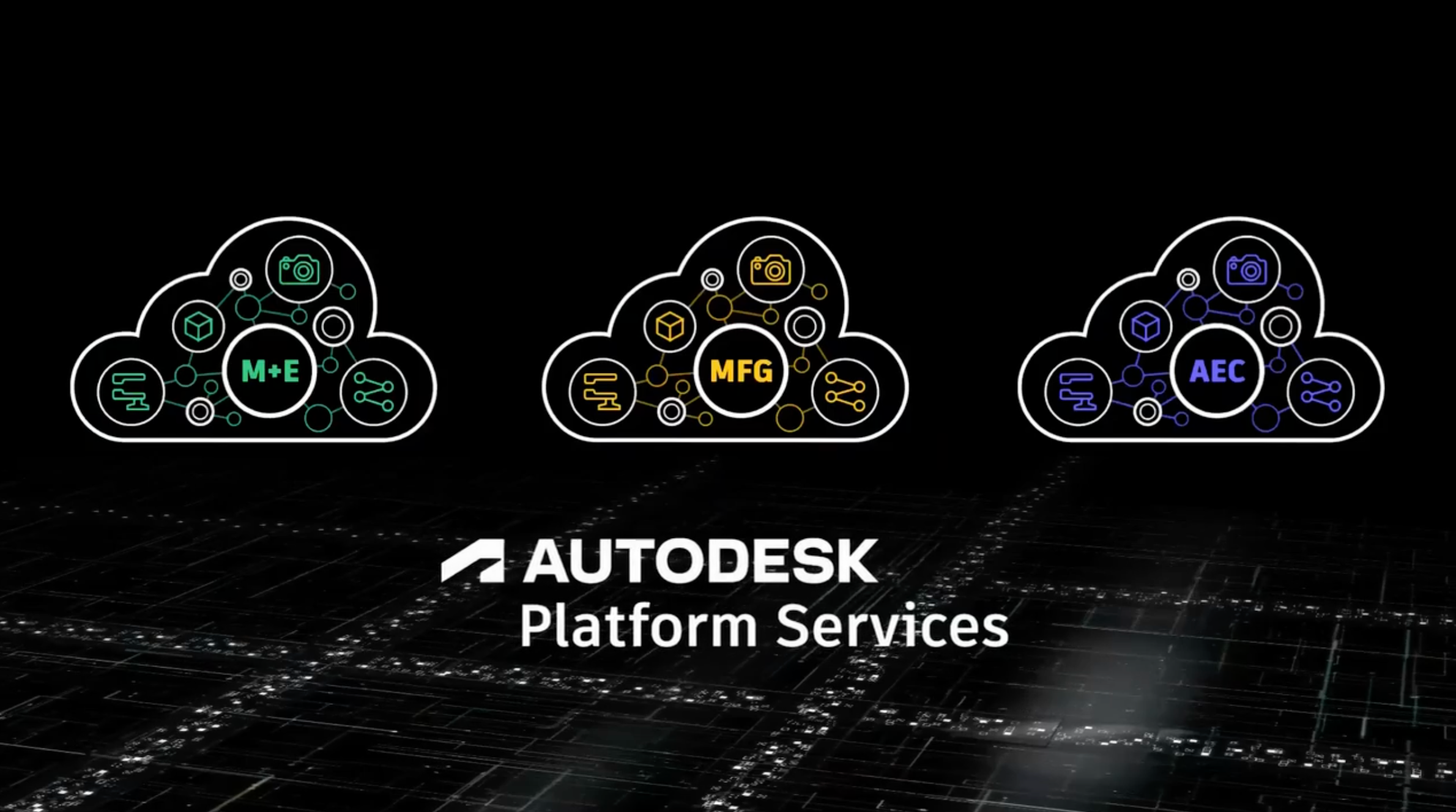
To achieve the goal of breaking proprieteary data files, Autodesk built exchange API and service allowing to convert all files into data models with granular data.
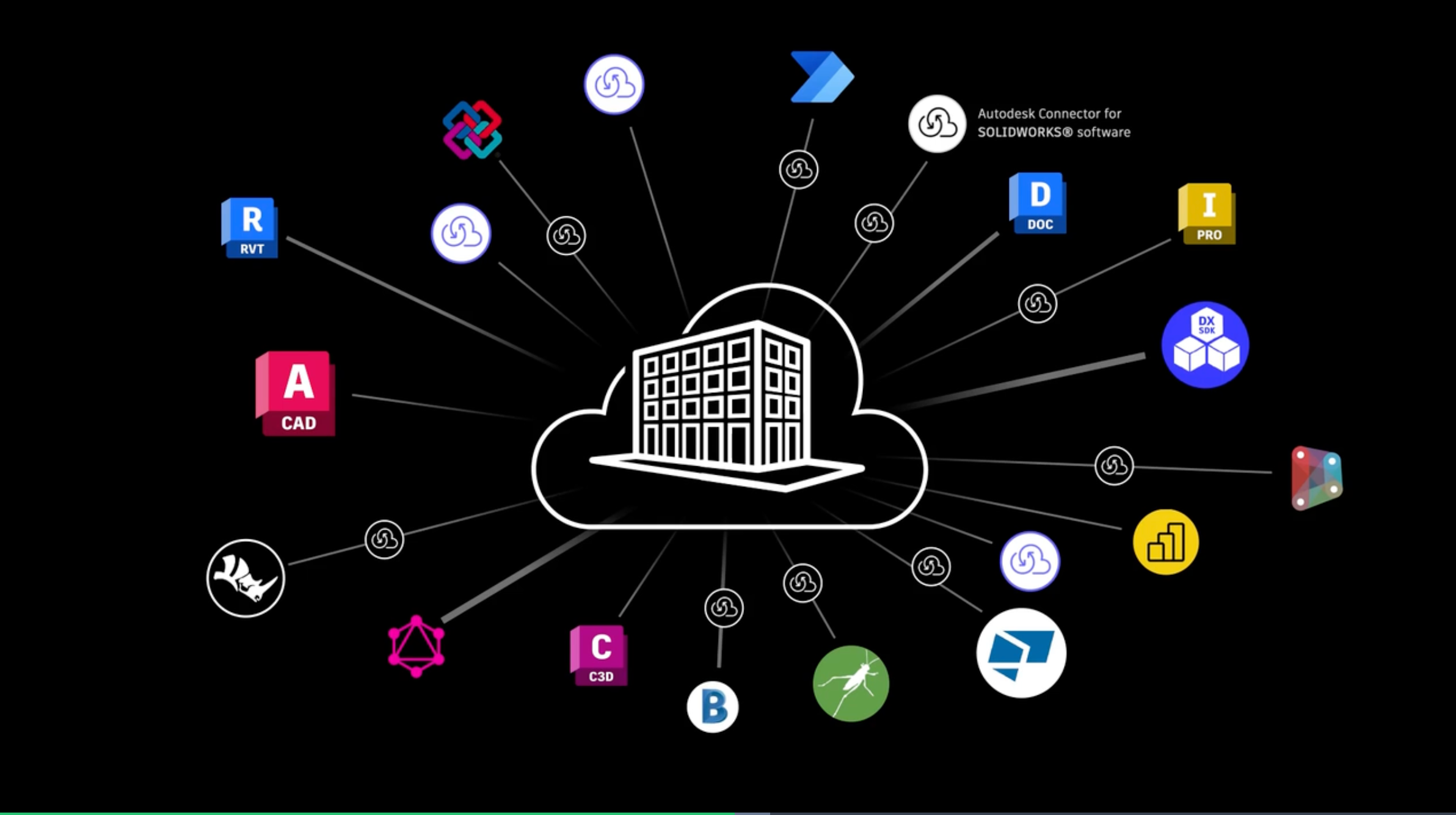
It allows to transfer the data between applications to eliminate the need of importing and exporting traditional data.

It allows to achieve the following results: common data experience, access to your data and extend data on the platform level.
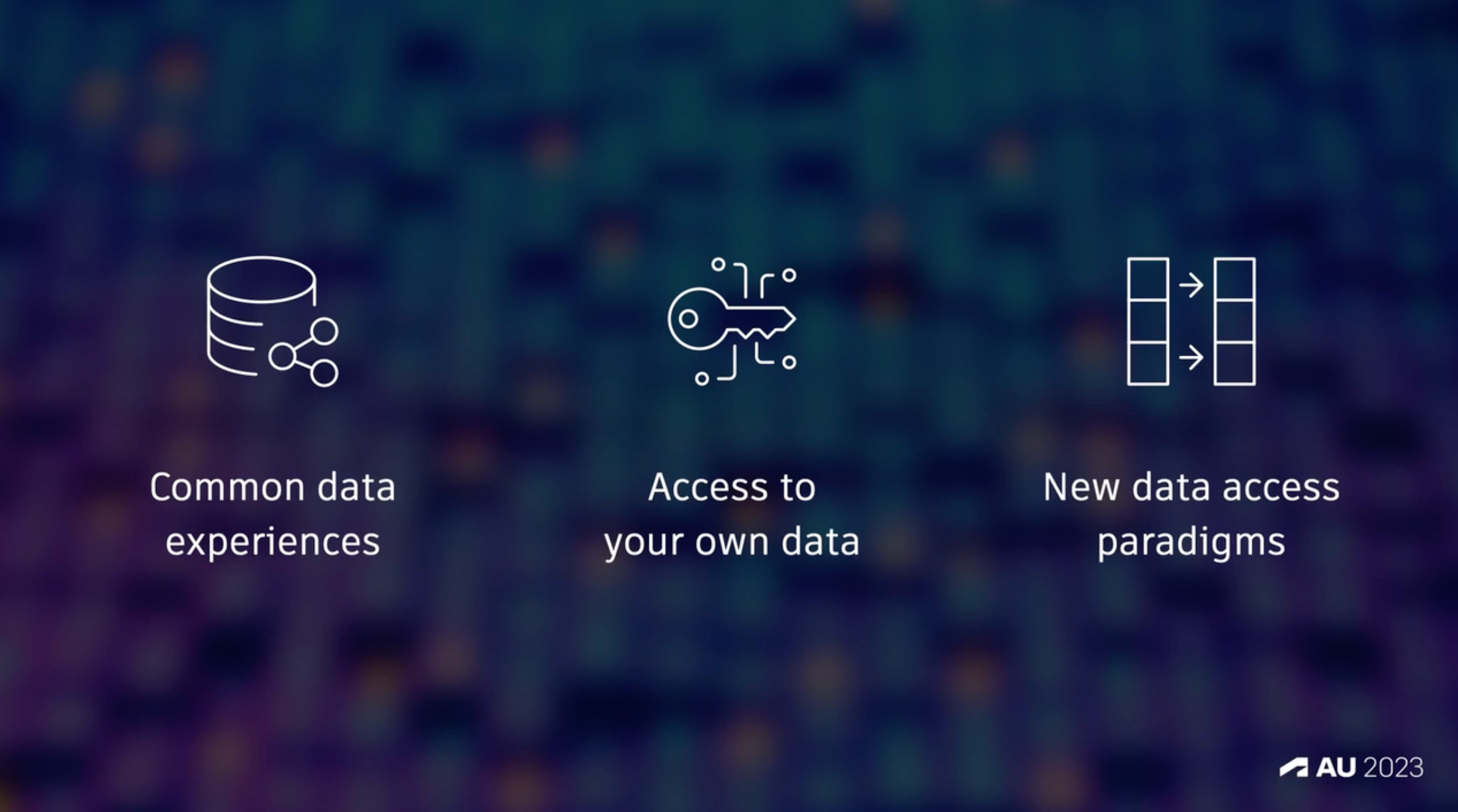
Illustrating the practicality of APS, real-world examples were shared during the conference. SWOOP, the system developed by BMW to manage factory processes and automation, is a prime instance of how APS is applied in manufacturing.
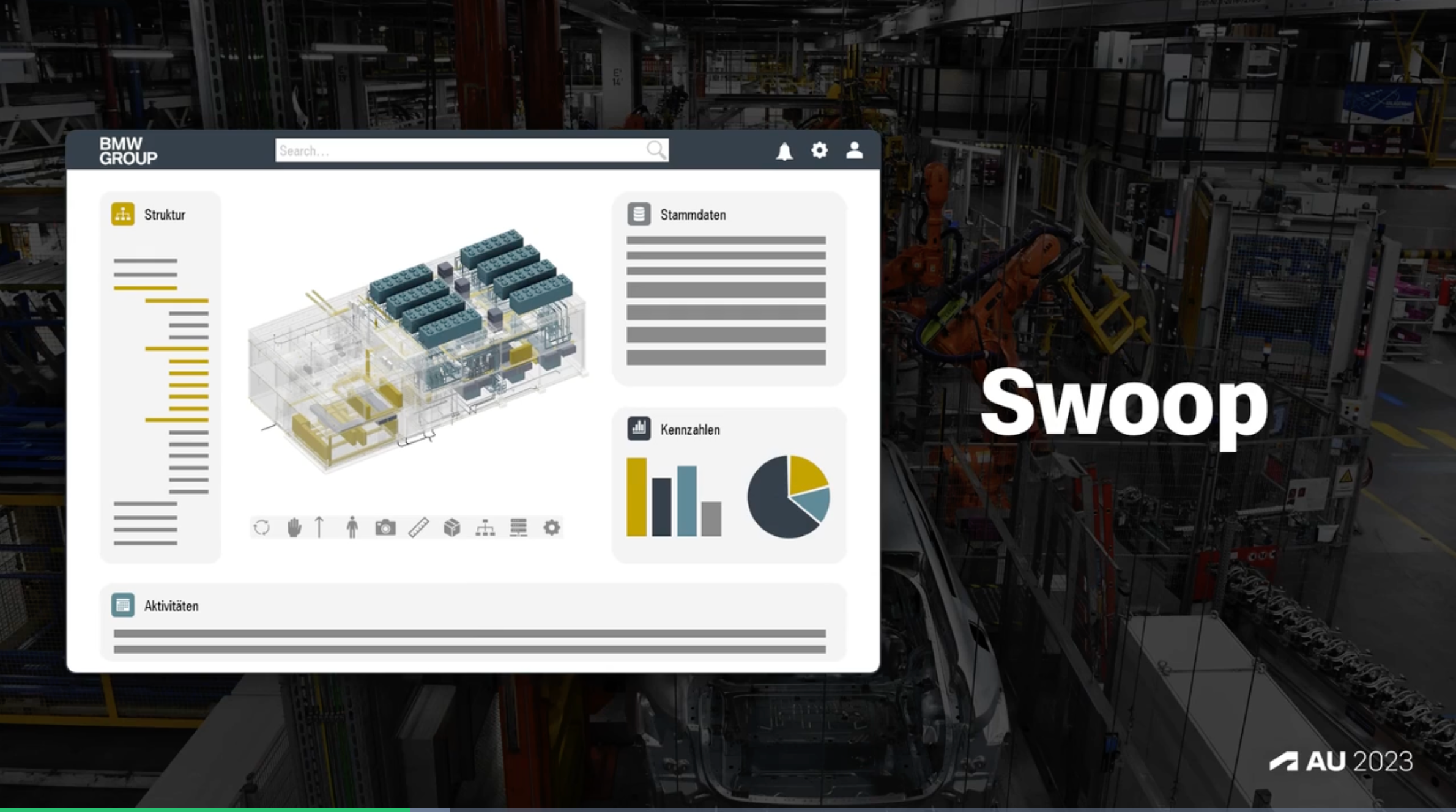
Interoperability and Accessibility:
Interoperability and accessibility in data management is extremely important.. Autodesk aims to provide connectors that bridge different data sources and create business intelligence workflows, as seen with the PowerBI connector.
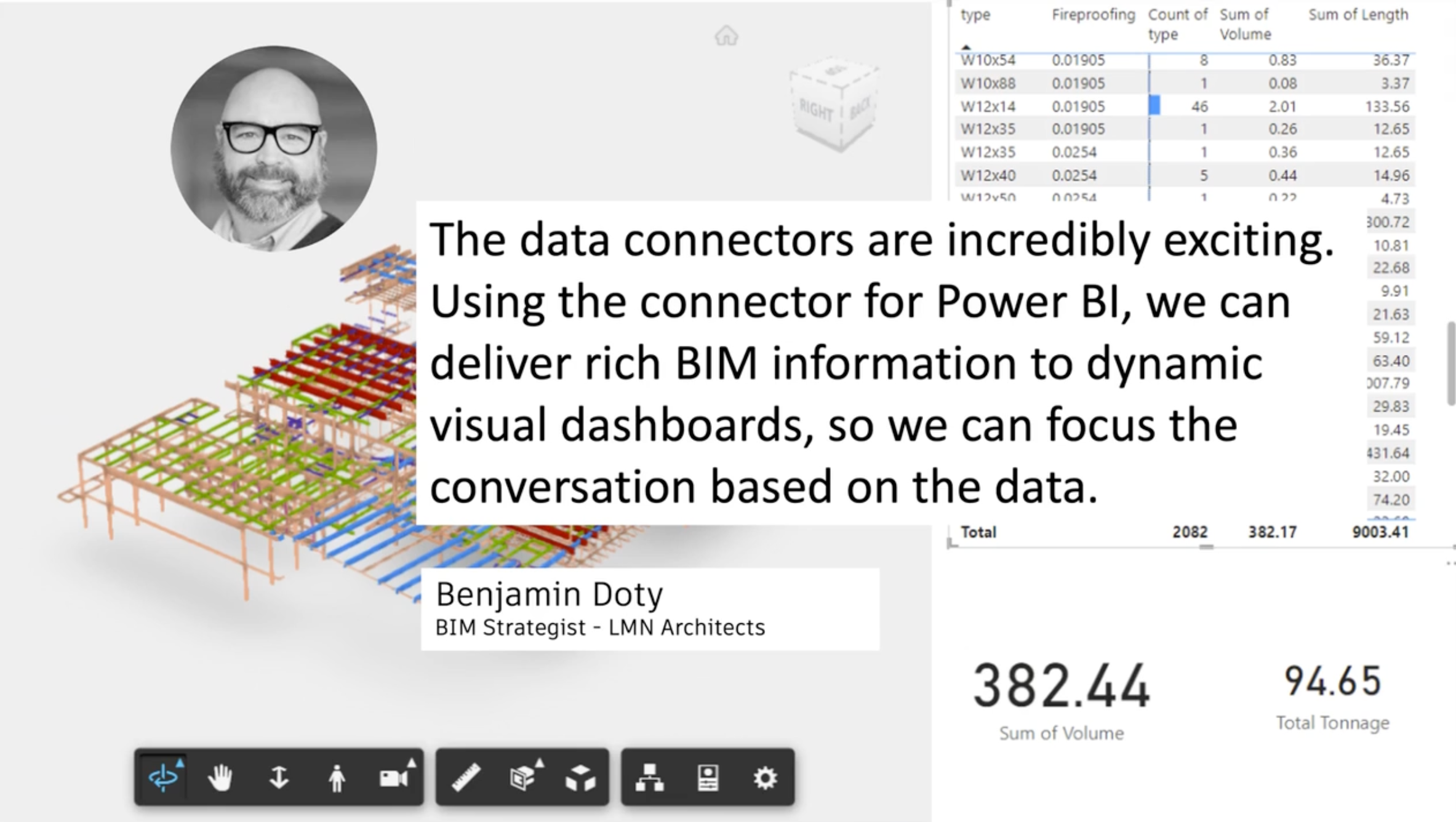
OpenBOM was cited as an example of connecting data from design to the supply chain, illustrating the practicality of an open and integrated data ecosystem.

Another intriguing concept discussed at the conference was Conversation AI, exemplified by the Otto project. This technology offers exciting possibilities for natural language interactions with data, opening new avenues for data accessibility and usability.
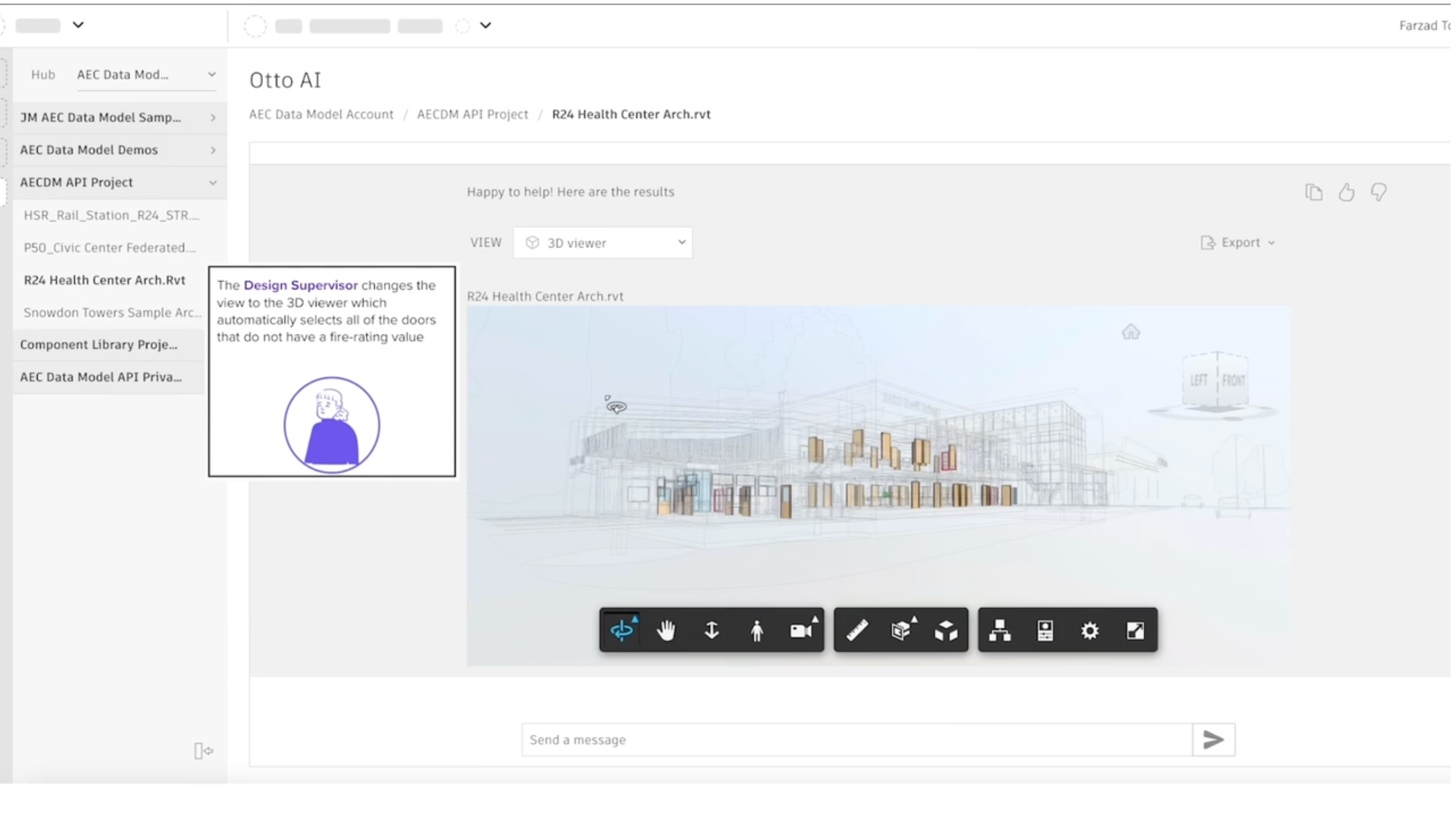
A Farewell to Jim Quanci – ADN Legend:
There is a person who was for decades associated with Autodesk development community (aka ADN) – Jim Quanci was supporting developers building products using Autodesk platform for more than 30 years. His contributions have left an indelible mark on the company’s journey.
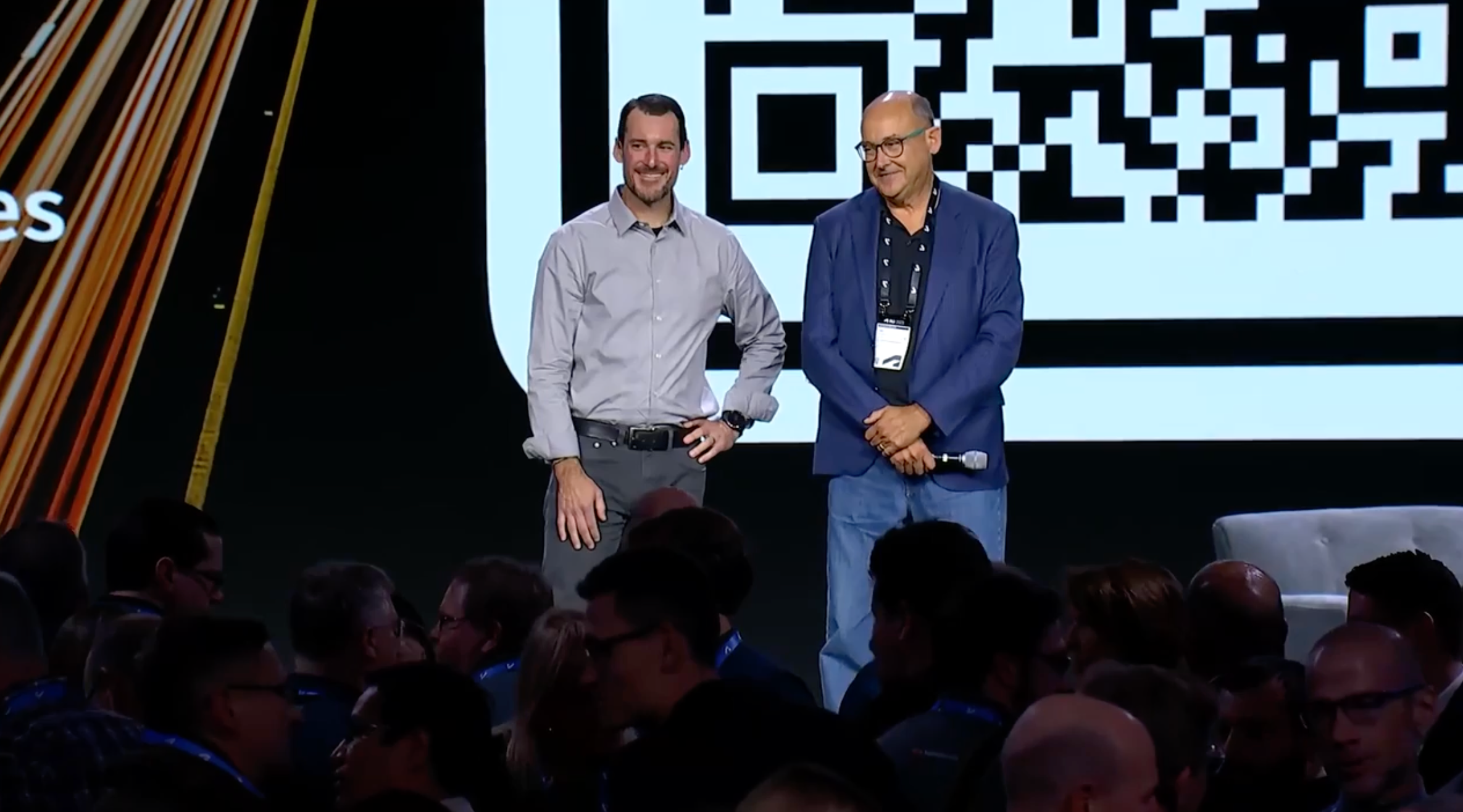
What is my conclusion?
Autodesk’s strategy for granular, connected, and open data models is undeniably promising. Moving from data file formats in all Autodesk products to an open data driven infrastructure allows to break silos and connect people together. It allows to architecture engineering and construction, product design and other application to build on top of new platform. No doubt, Autodesk is making huge progress in development of the platform.
As much as the infrastructure important, it is extremely important to connect engineers and everyone else to the platform. From my view, the main challenge lies in providing flexible and user-friendly tools to empower engineers, developers, and partners to fully utilize this model. Just as AutoCAD and AutoLISP transformed the industry in the past, the question now is what tools will elevate the APS model to support an entire lifecycle with a similar level of success AutoCAD did it int he past..
The popularity of Excel and various spreadsheet applications for data management poses an interesting question: Can Autodesk create a new application for product data that rivals these established Excel-based tools or it will continue to “export to Excel” and let data leak around? Only time will tell, but the potential for innovation in data management is evident, and Autodesk is clearly at the forefront of this exciting transformation.
As we look ahead, we can’t help but anticipate the remarkable changes that the Autodesk Data Platform will bring to industries around the world. The jury may still be out, but the future of data management is certainly worth watching closely.
Best regards, Oleg
Disclaimer: I’m co-founder and CEO of OpenBOM developing a digital-thread platform with cloud-native PDM & PLM capabilities to manage product data lifecycle and connect manufacturers, construction companies, and their supply chain networks. My opinion can be unintentionally biased.











